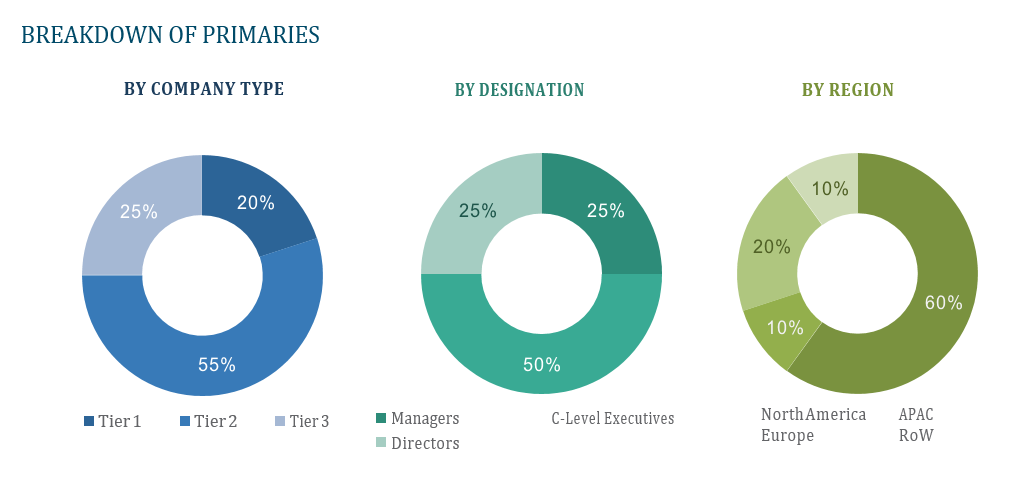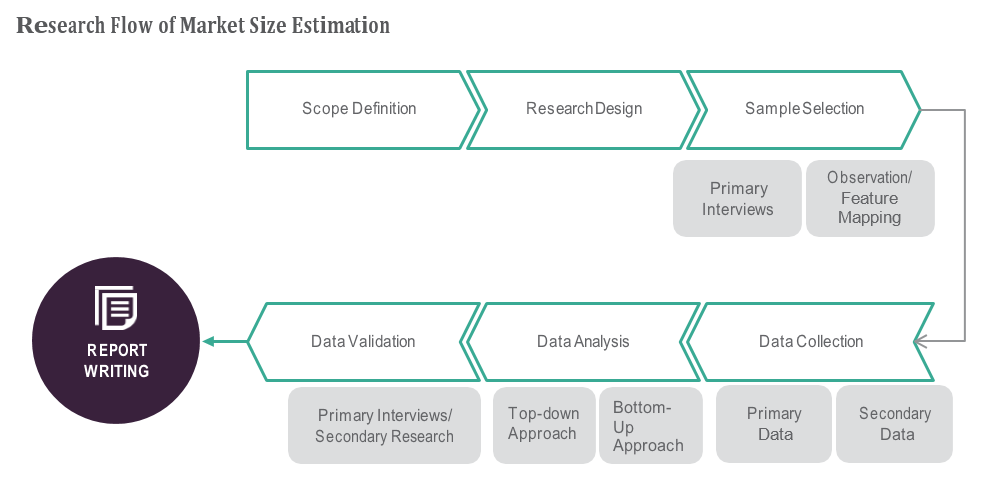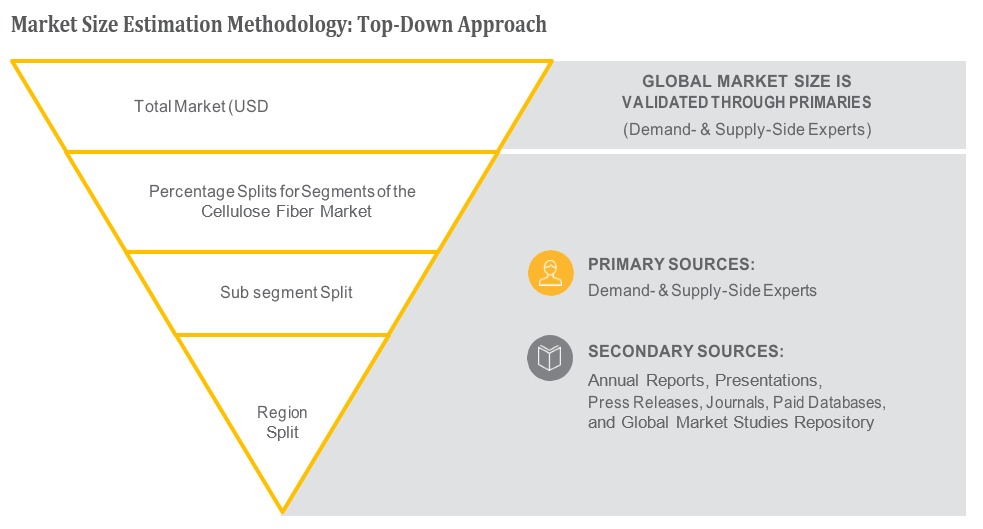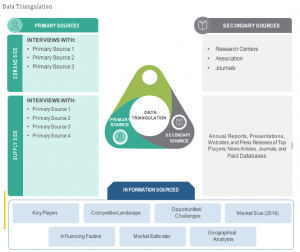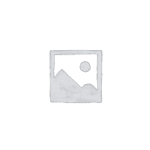OVERVIEW
Research by Global Market Studies has reported a CAGR of 4.9% for the Beverage Carton Packaging Machinery Market, expecting to expand to a value of USD 1 billion by 2028.
Beverage carton packaging machinery refers to the specialized equipment and machinery used in the manufacturing and packaging processes of beverage cartons. These machines are designed to handle various tasks involved in the production of beverage cartons, including forming, filling, sealing, and labeling. The beverage carton packaging machinery market encompasses the manufacturers, suppliers, and distributors of such machinery and equipment.
Forming machinery shapes cartons, fills beverages, seals, caps and lids, labels and printing, packaging and case packing, quality control and inspection, automation and integration, and customization. It ensures proper dimensions, structure, and efficiency, minimizing wastage and ensuring product integrity. Various methods are employed to prevent leakage and contamination.
Table of Content
Market Dynamics
Drivers:
The increasing demand for packaged beverages, such as juices, dairy products, and soft drinks, drives the need for efficient packaging machinery to meet production needs. Environmental concerns and technological advancements have led to more eco-friendly carton packaging, making it more popular. Regulatory compliance is crucial for food safety, labeling, and packaging standards, and packaging machinery must meet these requirements.
Convenience is also a growing demand, with packaging machinery playing a critical role in producing cartons that offer convenience in storage, transportation, and consumption. Brand differentiation and marketing are essential aspects of packaging, with unique shapes, designs, and labeling helping brands stand out on store shelves. Globalization and trade demand packaging machinery that can accommodate diverse languages, nutritional regulations, and regional preferences. Overall, the increasing demand for efficient packaging machinery is essential for meeting the growing global demand for packaged beverages.
Opportunities:
Form-Fill-Seal Machines automate the process of forming, filling, and sealing beverage cartons, increasing efficiency and reducing labor costs. Aseptic packaging systems ensure sterility, allowing for longer shelf life without refrigeration or preservatives. Robotic systems handle tasks like picking and placing cartons, applying labels, and quality control inspections. Customization options enable brands to create unique packaging that aligns with their identity and product differentiation strategies. Smart Packaging Solutions incorporate sensors and IoT capabilities for real-time adjustments and data-driven decision-making.
Sustainability features are common in beverage carton packaging machines, designed with eco-friendly materials and processes. Integrated software and controls make it easier for operators to set up, monitor, and troubleshoot machinery. Scalability and flexibility are provided by machinery capable of handling a wide range of production volumes and adapting to changing packaging requirements. Manufacturers often provide training, technical support, and maintenance services to ensure customers can effectively operate and maintain the machinery. Total cost of ownership considerations include energy consumption, maintenance needs, and long-term reliability.
Restraints:
High initial investment costs in advanced beverage carton packaging machinery can hinder adoption by small and medium-sized companies. Maintenance and downtime are essential for complex machinery, leading to production disruptions and operational expenses. Specialized skills and training for operators and maintenance personnel increase labor costs and recruitment challenges.
Market fragmentation in the beverage industry makes it challenging for manufacturers to create solutions catering to all unique needs. Consumer preferences change rapidly, necessitating adjustments or upgrades to packaging machinery. Regulatory compliance complexity adds complexity to machinery design and production. Alternative packaging materials and formats, such as flexible pouches or PET bottles, may compete with traditional carton packaging, impacting the demand for carton packaging machinery.
Regional Information:
North America: The region has a mature beverage industry with a focus on convenience and sustainability. Demand for innovative and eco-friendly packaging solutions drives the adoption of advanced beverage carton packaging machinery.
Europe: European countries emphasize environmental sustainability and stringent food safety regulations. Aseptic carton packaging and advanced machinery that supports eco-friendly initiatives are prominent in this region.
Asia-Pacific: Rapid urbanization, growing middle-class populations, and changing consumer preferences contribute to the expanding beverage market in this region. Demand for convenient, ready-to-drink beverages fuels the need for efficient packaging machinery.
Recent Developments:
• On October 2022, R.A JONES launched a new multipack speedup kit for the food and beverage sector, exceeding current industry packing speeds. The innovative speedup kit is an updated version of the Orbi-Trak that is previously patented R.A Jones carton feed technology found on the Criterion machines.
• On September 2022, a manufacturer of secondary packaging automation machinery and end-of-line automation solutions, ÉLITER Packaging Machinery, announced the launch of ESTRENA™ WAS-150 Wrap-Around Sleever. Wrap-Around Sleever, also called wrap-around cartoner, is a packaging machine that receives containers such as pots, tubs, trays, and bowls from upstream machines or by manual loading.
Key Players:
Eangfang Best Crown Packing Machinery, ACG Worldwide, KHS, Krones, GPI Equipment, Bosch Packaging Technology, Econocorp, Jacob White Packaging Ltd., Bradman Lake Group, Mitsubishi Electric, Jacob White Packaging Ltd, and Krones AG.
Frequently Asked Questions
1) What is the projected market value of the Beverage Carton Packaging Machinery Market?
– The Beverage Carton Packaging Machinery Market is expected to reach a value of USD 1 billion by 2028.
2) What is the estimated CAGR of the Beverage Carton Packaging Machinery Market over the 2023 to 2028 forecast period?
– The Beverage Carton Packaging Machinery Market is expected to grow at a CAGR of approximately 4.9% from 2023 to 2028.
3) Who are the key players in the Beverage Carton Packaging Machinery Market?
– Eangfang Best Crown Packing Machinery, ACG Worldwide, KHS, Krones, GPI Equipment, Bosch Packaging Technology, Econocorp, Jacob White Packaging Ltd., Bradman Lake Group, Mitsubishi Electric, Jacob White Packaging Ltd, and Krones AG.
4) What are the drivers for the Beverage Carton Packaging Machinery Market?
– Increasing awareness on women’s health, technological advancements, digital health revolution, active participation in healthcare, shift in cultural attitudes, investment and support, regulatory support and policy changes, personalized and preventive healthcare, female workforce and lifestyles are some major driving factors.
5) What are the restraints and challenges in the Beverage Carton Packaging Machinery Market?
– Limited awareness and adoption, privacy and security concerns, regulatory challenges, research and clinical validation, accessibility and affordability, cultural stigmas and taboos, interoperability and integration challenges and reimbursement and insurance coverage are some key hurdles.
6) What are the key applications and offerings of the Beverage Carton Packaging Machinery Market?
– Forming machinery shapes cartons, fills beverages, seals, caps and lids, labels and printing, packaging and case packing, quality control and inspection, automation and integration, and customization.
7) Which region is expected to drive the market for the forecast period?
– Asia Pacific has the highest value share in the global market and is expected to dominate shares in forecast period.
Why Choose Us?
Insights into Market Trends: Global Market Studies reports provide valuable insights into market trends, including market size, segmentation, growth drivers, and market dynamics. This information helps clients make strategic decisions, such as product development, market positioning, and marketing strategies.
Competitor Analysis: Our reports provide detailed information about competitors, including their market share, product offerings, pricing, and competitive strategies. This data can be used to inform competitive strategies and to identify opportunities for growth and expansion.
Industry Forecasts: Our reports provide industry forecasts, which will inform your business strategies, such as investment decisions, production planning, and workforce planning. These forecasts can help you to prepare for future trends and to take advantage of growth opportunities.
Access to Industry Experts: Our solutions include contributions from industry experts, including analysts, consultants, and subject matter experts. This access to expert insights can be valuable for you to understand the market.
Time and Cost Savings: Our team at Global Market Studies can save you time and reduce the cost of conducting market research by providing comprehensive and up-to-date information in a single report, avoiding the need for additional market research efforts.


